Back in 2013, title-winning former Liverpool midfielder Craig Johnston fronted a proposal to expand the club into Australia, with a sister-club in Western Sydney.
Craig ‘Skippy’ Johnston was the beginning of the deep Liverpool FC connection to Australia for many supporters down under, and it has been revealed the ex-player has grand ideas to strengthen those ties.
Johnston’s football journey began with a dream to play in England and after writing to a number of clubs during the mid-1970s seeking a trial, he received a reply from Middlesbrough’s Jack Charlton, prompting his family to sell their house to fund a ticket to England for the then-15-year-old.
This first trial ended in tears, and the young Australian would have to sleep in an old coal shed and clean the Middlesbrough players’ kits to support himself, including that of a young Graeme Souness, while he trained on the streets and awaited his next opportunity.
Eventually succeeding and making it to Paisley’s Liverpool, the Australian would be a key part of arguably Liverpool’s most successful era, playing 271 games and scoring 40 goals as a midfielder from 1981 to 1988, before retiring suddenly at 28 so he could return to Australia to provide care for his sister.
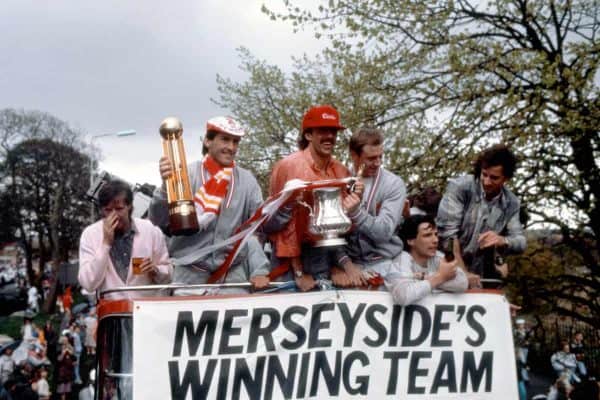
Johnston’s life post-football has been just as remarkable, with his time spent hand cleaning boots paying off as he designed the now-renowned Predator football boot, eventually selling the design to Adidas.
Now it has been publicly revealed for the first time that Skippy lobbied FSG back in 2013 to support a sister club based in the municipal city of Liverpool, Western Sydney, playing in Australia’s top tier, the A-League.
Johnston had brought together a group with financial and administration expertise and had even established contact with the mayor of both regions to establish a sister-city relationship in the event of the club being formed.
Skippy outlined his vision for the club: “Liverpool FC in the west of Sydney: a home away from home for Scousers in the southern hemisphere. It’s a coming together of the passion that [makes] everybody get up at four o’clock in the morning to watch, but we’ve got our own little slice of it here.
“And the Scousers back in Liverpool, they know us, they’re proud of us, they make it a bucket list thing to come down under and see the ‘away Reds’ play at home.
“[The dream is also] to win the A-League. And it’s to get Jurgen Klopp and the good players here more often, get the coaches [here] – swap the coaches, swap ideas.
“And basically, to create a talent pool right across Australia by setting the benchmark to beat with Liverpool FC down under.”
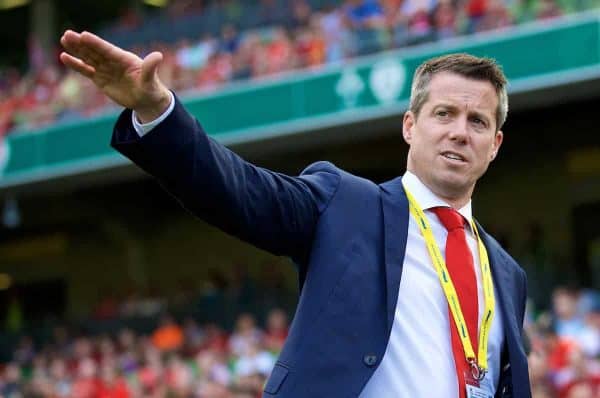
Unfortunately, when the group went over to pitch their idea of collaboration to Liverpool’s newly installed CEO Billy Hogan – then serving as CCO – the idea did not gain much traction as it was beyond the focus of the club at the time.
In fact, the meeting descended into near farce as an argument broke out between Hogan and Johnston, before scenes turned to hilarity as the next slide in their presentation had the Australian on screen as the new club’s proposed ambassador.
Although the plan fell through, with the Australians jokingly dubbing themselves ‘Hogan’s Heroes’, there were no ill-feelings as the group took in a Boston Red Sox game before jetting home.
Johnston has since served as an official Liverpool ambassador for the extraordinarily successful pre-season tours of Australia in 2015 and 2017, rebuilding his relationship with Hogan in the process, praising his work at the club.
Nonetheless, Skippy believes the time could be right to revive the idea.
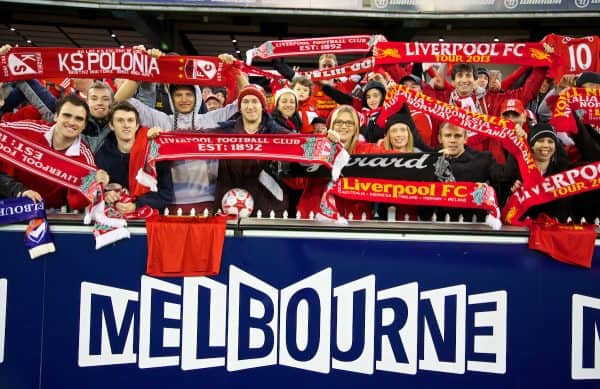
Large football clubs across Europe are buying smaller clubs with aims of leveraging an advantage in several areas. The owners of Manchester City – City Football Group (CFG) – now own 10 separate clubs across the world, including Melbourne City in Australia.
The group seeks commercial and internal synergies through uniformity of approach and collective expertise. Potential commercial benefits include sponsorships which stretch across multiple clubs and regions in the group and savings from reduced management costs.
The benefits for the football side are primarily in the development of young talent, who can move across a selection of clubs to find the level suitable for their development, all under the same footballing style and methodology.
All clubs are in separate regions and levels, emplacing their academies and teams across the footballing world.
With regards CFG’s Australian club, Melbourne City, the low cost of players and potential for growth in the market were attractive, and made the relatively large expenditure on the club’s academy and facilities viable.
While there has been no direct benefit to the English club’s first team, their presence allowed them to buy the best player in the Australian league, Aaron Mooy, cheaply before loaning and reselling him to Huddersfield for £8 million, while younger talents, such as Daniel Arzani, are currently following similar pathways.
Yet another of Liverpool’s Premier League rivals now exists within a similar structure, with King Power International Group – the owners of Leicester City – buying Belgian side OH Leuven in 2017.
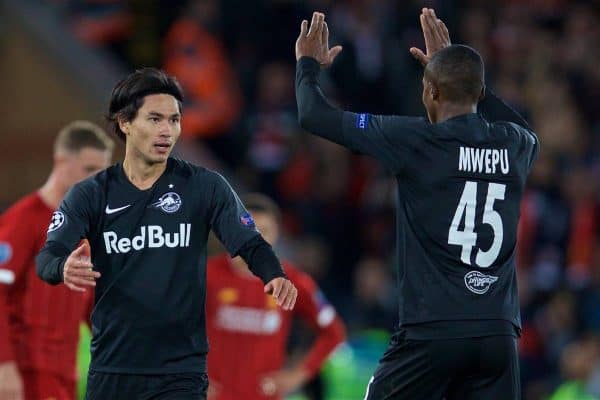
Finally, another alternative model is Red Bull’s group of clubs, which includes Red Bull Salzburg, RB Leipzig and the New York Red Bulls. They operate under a brand sponsorship and ownership model, but nonetheless invest heavily in youth development, with Salzburg particularly successful in this respect.
Reds supporters will be all too familiar with Salzburg alumni Takumi Minamino and his former team-mate and now Dortmund superstar Erling Haaland, but the recent transfer of highly rated Hungarian playmaker Dominik Szoboszlai from Salzburg to Leipzig shows the Red Bull group also benefits from the internal transfer of talent.
Naby Keita followed a similar pathway from Salzburg to Leipzig, before joining Liverpool in 2018, while Sadio Mane leapt from Salzburg to another club very familiar to the Reds, Southampton, in 2014.
While footballing groups and football clubs owning other clubs currently represents a developing trend, the jury is still out on whether these models are beneficial overall.
CFG are posting considerable loses in some areas, but they hold a very long-term view and have had no problems securing significant outside investment to support their current expansion.
Undoubtedly, there appear to be potential advantages in leveraging the knowledge and reach of what are increasingly global clubs.
All of this makes Johnston’s recent revelations and ideas about the club expanding into Australia even more interesting.
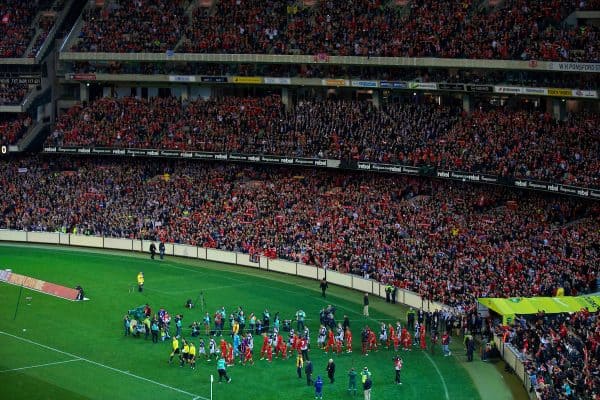
If Liverpool were ever to seek to establish multi-club model, the size and dedicated nature of their overseas fanbase would be an advantage other clubs currently operating under such models do not currently possess.
Pre-season tours across the United States, Australia and Asia have in the past shown the extent of this fanbase, and an ownership group or partnerships with other clubs, as Johnston suggests, might present an opportunity to increase engagement and leverage this overseas support in new ways, under an alternative model than those thus far adopted.
In Australia, the opportunity Johnston was championing in 2013 has momentarily passed, with another club, Macarthur FC having emerged in the Western Sydney region to the south of Liverpool council area.
But Johnston remains enthusiastic to further expand the red presence into the Southern Hemisphere and figure out “how to make it work going forward for the good of Australian soccer and for the good of Liverpool.”
“I want to get Liverpool in every community in Australia,” he explained, “that’s my dream.”
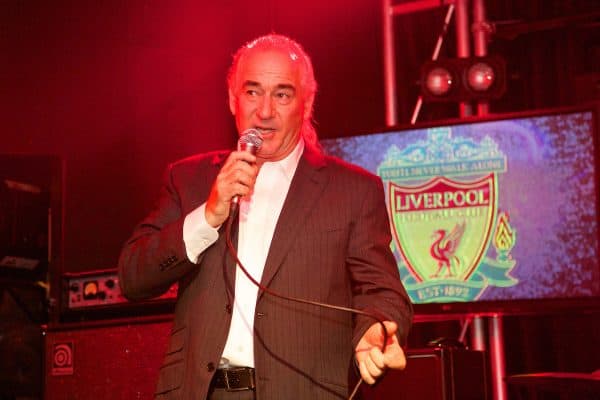
It was big dreams which propelled a young Johnston from the working-class suburbs of Newcastle, Australia, to be a key part of one of Liverpool’s all-time great teams of the 1980s and onward to have one of the more eccentric post-football careers.
Regardless of whether this latest idea comes to fruition, Skippy remains – even from the other side of the world – one of the most passionate and interesting voices to wear the red shirt.
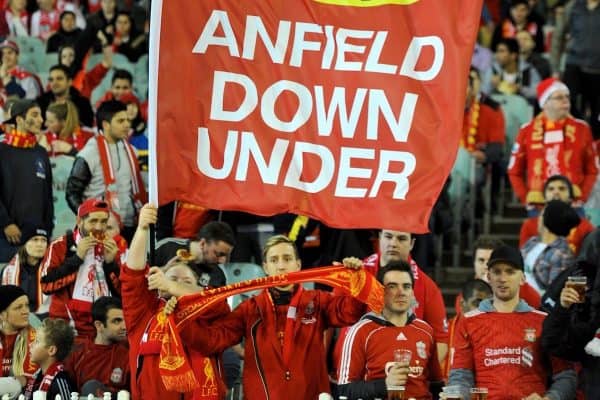
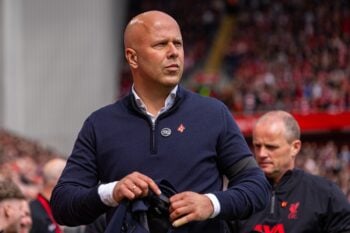
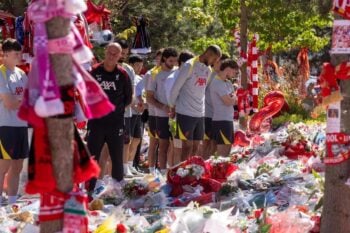
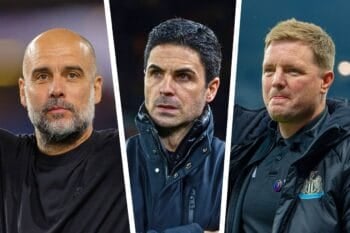

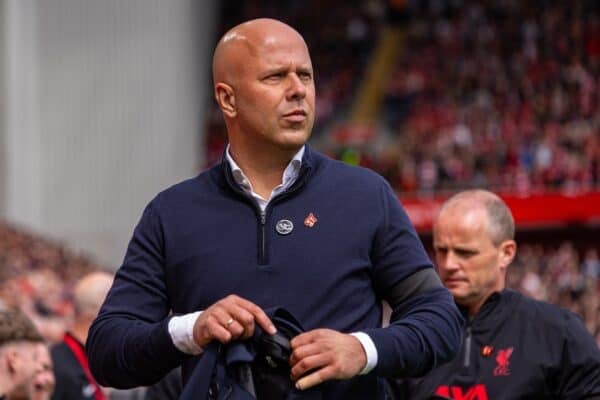
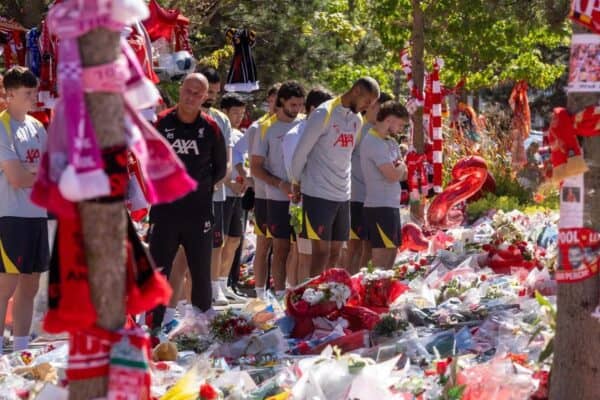
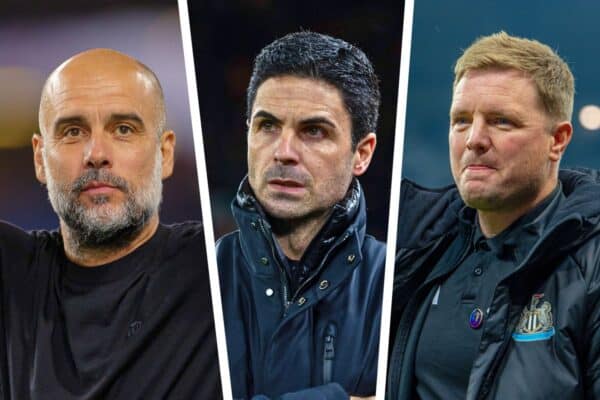









Fan Comments